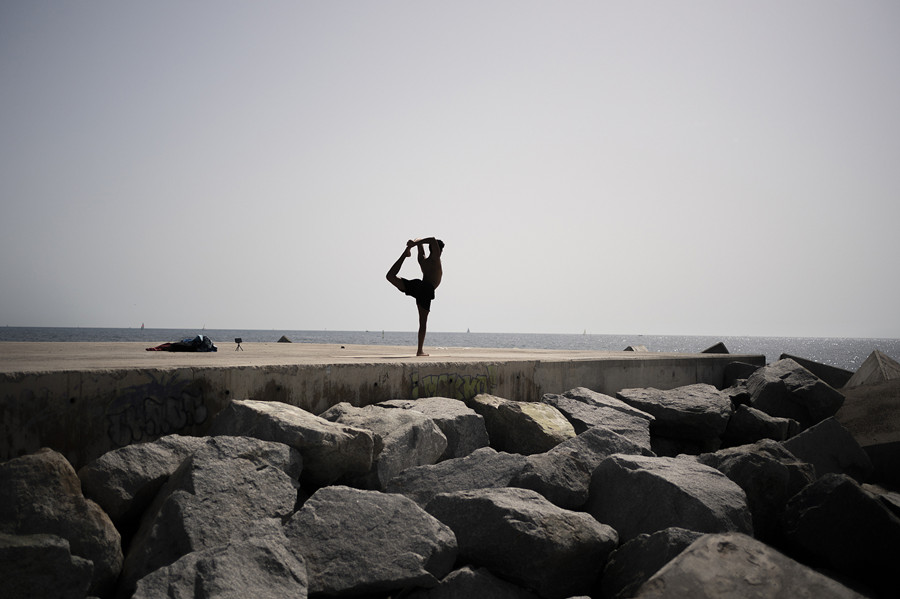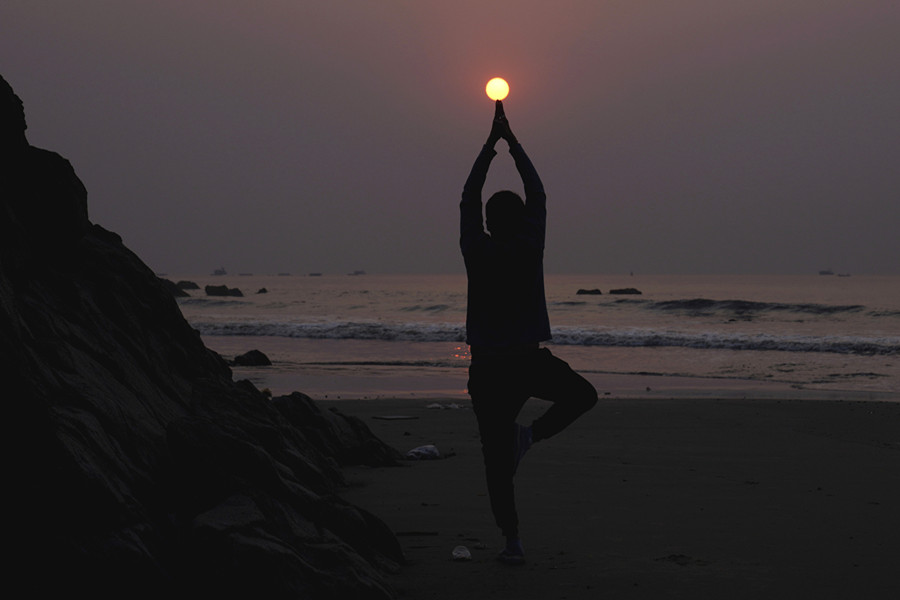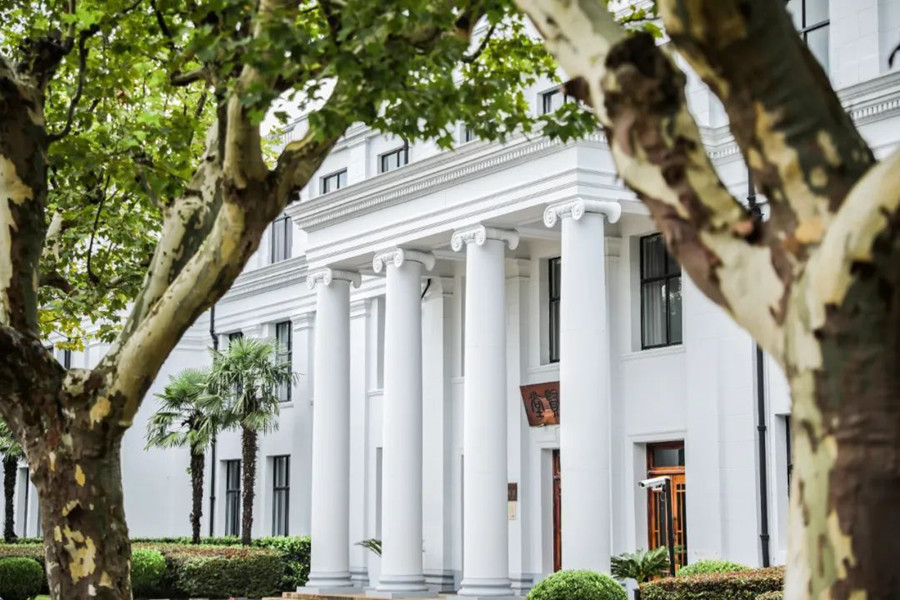Yoga-related Chinese vocabulary
你喜欢练瑜伽吗?
nǐ xǐ huan liàn yú jiā ma?
Do you like to practice yoga?
你最喜欢的瑜伽体式是什么?
nǐ zuì xǐ huan de yú jiā tǐ shì shì shén me?
What's your favorite yoga posture?
If you are into yoga and you come to China, you’ll soon discover that many yoga classes are taught in Chinese. But this should not drive you away! By learning some essential yoga-related vocabulary, you can follow the instructions and connect with your Chinese yoga teachers.
Let's look at some essential Chinese vocabulary for a smooth yoga practice session:

01. Types of yoga
瑜伽
yú jiā
yoga
练瑜伽 (liàn yú jiā) ∙ to practice yoga
哈他瑜伽 (hā tā yú jiā) ∙ Hatha yoga
流瑜伽 英文翻译 (liú yú jiā) ∙ Vinyasa yoga
阿斯汤加瑜伽 (ā sī tāng jiā) ∙ Ashtanga yoga
空中瑜伽 (kōng zhōng yú jiā) ∙ aerial/fly yoga
02. Breath
One of the essential things during any yoga practice is the coordination of your breath.
呼吸
hū xī
breath; to breathe
Your teacher might use such instructions as:
吸 (xī) ∙ to inhale
呼 (hū) ∙ to exhale
深吸 (shēn xī) ∙ to inhale deeply
深呼 (shēn hū) ∙ to exhale deeply
03. Body parts
Knowing what different parts of your body are called in Chinese will help you understand your teacher in case she/he gives you some verbal adjustments.
身体
shēn tǐ
body
Here are the most common body parts that might be mentioned during a yoga class:
腿 (tuǐ) ∙ leg(s)
膝盖 (xī gài) ∙ knee(s)
脚 (jiǎo) ∙ foot/feet
肩膀 (jiān bǎng) ∙ shoulder(s)
胳膊 (gē bo) ∙ elbow(s)
手臂 (shǒu bì) ∙ arm(s)
腹部 (fù bù) ∙ abdomen
髋 (kuān) ∙ hip(s)
背 (bèi) ∙ back
04. Basic instructions
If you are just beginning to practice yoga, these basic instructions might actually be more useful for you than the names of the postures themselves:
弯曲 (wān qū) ∙ to bend
伸直 (shēn zhí) ∙ to extend; to straighten
收紧 (shōu jǐn) ∙ to tighten
放松 (fàng sōng) ∙ to relax
05. Asanas/postures
Now, let's look at some popular postures.
姿势/体式
zī shì/tǐ shì
asana; posture
Generally, the Chinese name of a posture is made of its descriptive part + 式 (shì, posture; asana):
战士式 (zhàn shì shì) ∙ warrior pose
下犬式 (xià quǎn shì) ∙ downward-facing dog
上犬式 (shàng quǎn shì) ∙ upward-facing dog
鸽子式 (gē zi shì) ∙ pigeon pose
莲花式 (lián huā shì) ∙ lotus pose

06. Backbends
If you've been practicing yoga for a while, you might be at the point where backbends are included in your practice.
后弯
hòu wān
backbend(s)
Here are some popular backbend postures:
轮式 (lún shì) ∙ wheel pose
桥式 (qiáo shì) ∙ bridge pose
眼镜蛇式 (yǎn jìng shé shì) ∙ cobra pose
骆驼式 (luò tuó shì) ∙ camel pose
07. Inversions
倒立
dào lì
inversion
And if you are at the point where you can do inversions, here are the most common inverted postures:
头倒立 (tóu dào lì) ∙ head stand
手倒立 (shǒu dào lì) ∙ hand stand
肘倒立 (zhǒu dào lì) ∙ elbow stand
肩倒立 (jiān dào lì) ∙ shoulder stand
Source: That's Mandarin
For any concerns regarding copyright infringement, please reach out to us at intlservices@shanghai.gov.cn.

